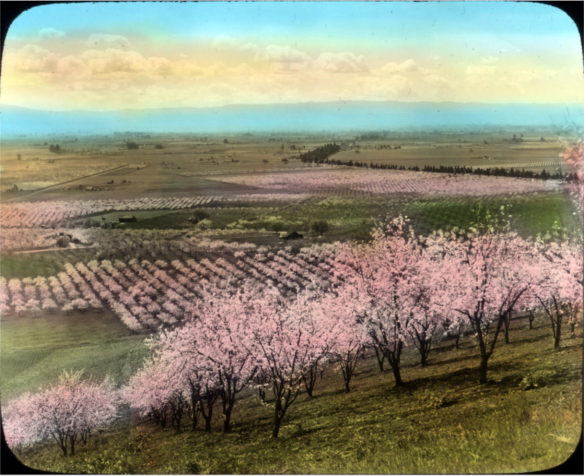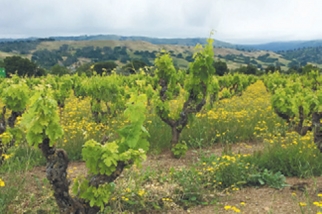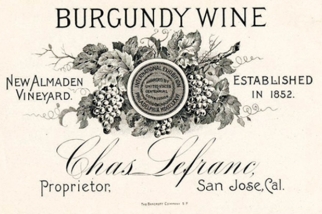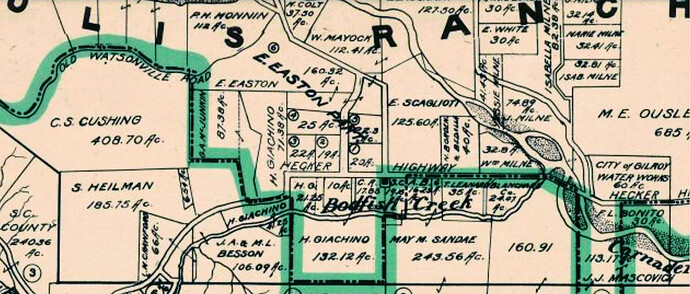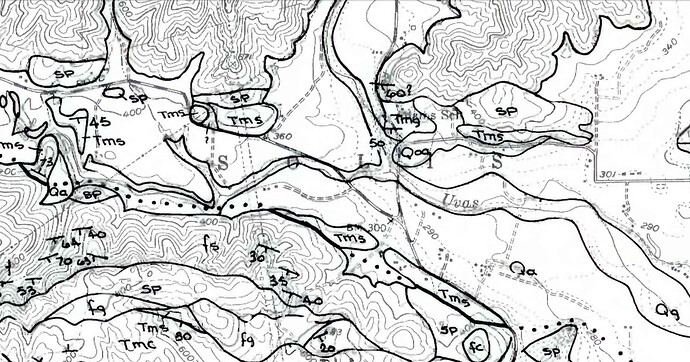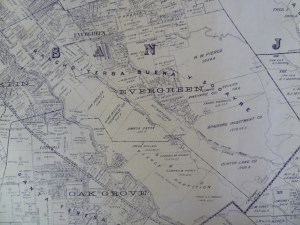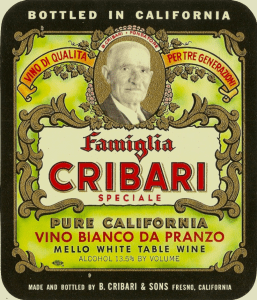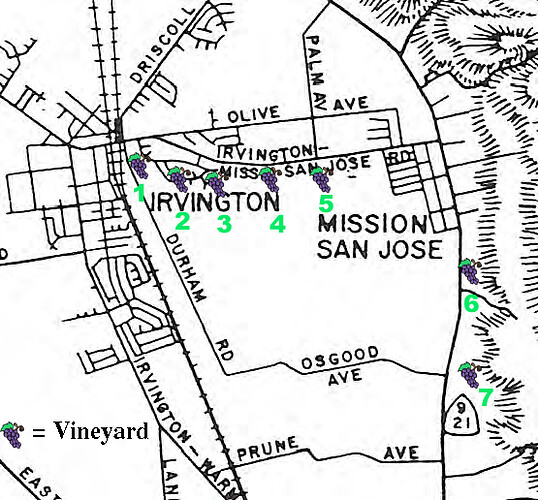I found a map resource from UC Santa Cruz Library for Santa Clara, Santa Cruz, San Mateo, San Benito, and other South Coast counties:
1939-E Santa Clara County Flight CIV Topographic Index
If, on the ↑↑↑ above map ↑↑↑, one wishes to see a particular aerial map parcel up-close, please request the specific image on the following webpage.
Additional years’ worth of aerial photos, standard maps, etc are also available below:
UC Santa Cruz Library
“Aerial Photo Flights for Santa Clara Valley”
*** EDIT ***
In addition to amending certain defunct links from the UC Santa Cruz Aerial Mapping archives, I have added a handful of fascinating cartographic resources.
In the early 20th Century, the father-and-son team of McMillan & McMillan helped survey various locations along the West Coast. I have included their intricately detailed 4-page map from 1929 below:
Internet Archive
Official Map of Santa Clara County California
by McMillan & McMillan Civil Engineers (San Jose, Calif.), 1929
“Shows property owners, districts, railroads, roads, trails, schoolhouses. Index of roads, land grants, and subdivisions.”
The USGS website features geological maps of the entire United States. The quad maps of Santa Clara County can be of service to nerdier enthusiasts:
USGS
“Preliminary geologic maps of the Gilroy Hot Springs Quadrangle, the Gilroy Quadrangle, the Mount Sizer Quadrangle, the Morgan Hill Quadrangle, Santa Clara County, California, and the Mount Madonna Quadrangle, Santa Clara and Santa Cruz counties, California”
Product Description page: link
· Plate 1: Gilroy, CA, 1973 Quad Map
· Plate 2: Gilroy Hot Springs, CA, 1973 Quad Map
· Plate 3: Morgan Hill, CA, 1973 Quad Map
· Plate 4: Mount Madonna, CA, 1973 Quad Map
· Plate 5: Mount Sizer, CA, 1973 Quad Map
The Santa Clara Local Agency Formation Commission website includes a selection of high-resolution maps detailing specialized topics:
Santa Clara LAFCO
“Maps”
“Interactive Mapping Tool”
Many old-school wineries of South Santa Clara County are located along Hecker Pass Hwy (West of Gilroy), as well as Morgan Hill’s downtown area. A number of Santa Clara County vineyards can be found using the Google Maps link on Dave Tong’s older blogspot:
Santa Cruz Mountains & Santa Clara Valley Wines blog
“Introduction”
by Dave Tong
February 17, 2008
· “Santa Clara Valley Vineyards Map”
· “Santa Clara Valley Winery Map”















